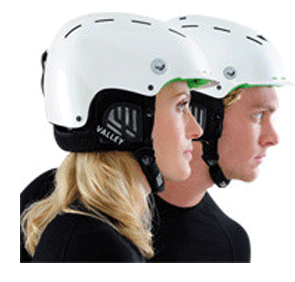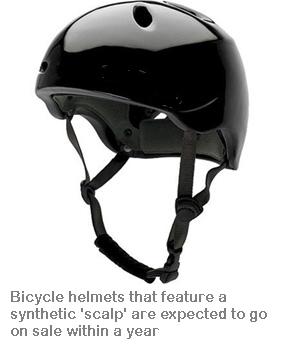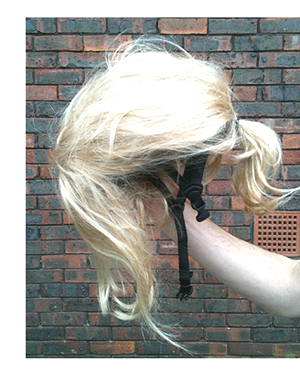 The fact that injury rates in countries where very few cyclists wear helmets are amongst the lowest in the world does not stop engineers developing ever more complex ways of protecting the head in a collision. Most designs are little more than polystyrene covered by a thin protective layer of plastic, but the latest offering uses Vaco12 technology tiny balls to better absorb the force of an impact.
The fact that injury rates in countries where very few cyclists wear helmets are amongst the lowest in the world does not stop engineers developing ever more complex ways of protecting the head in a collision. Most designs are little more than polystyrene covered by a thin protective layer of plastic, but the latest offering uses Vaco12 technology tiny balls to better absorb the force of an impact.
Each tiny ball on the inside of the helmet’s shell has 12 contact points with its neighbouring globes. These 12 contact points pass on the energy of an impact to the next 12 balls. The weakened energy is then again passed on via another 12 contact points…and so the process continues.
| Hi-tech cycle helmets | But do they work? |
|---|---|
| The MIPS system claims to imitate the brain’s own protection system. The brain is surrounded by a low-friction cushion of cerebrospinal fluid. MIPS imitates the brain’s way of protecting itself by giving the helmet its own low-friction layer between the outer shell and the liner, to absorb much of the energy created by an oblique blow to the head.
|
|
| When the British-designed Phillips Head Protection System is incorporated into a crash helmet design it behaves like a synthetic ‘scalp’. When it is struck, the surface of the helmet moves in a similar way to the scalp sliding over the skull, thereby reducing the risk of serious rotational head injuries. |  |
| A new design of cycle helmet, which incorporates a long, flowing blonde wig and goes on sale this week, is scientifically proven to keep drivers from overtaking too close. Helmet Hair design is intended to be worn by both men and women, and was inspired by cycle helmet research carried out by Bath University. The study revealed that car drivers leave less room when overtaking a cyclist wearing a helmet, but a much wider berth when passing a female rider with long hair. Drivers pass an average of 8.5 cm closer to cyclists with a conventional helmet than without.
|
 |
| See the Hövding airbag helmet being tested
|
|
| Royal College of Art postgraduate Anirudha Surabhi is developing the lightweight, waterproof Kranium cardboard cycle helmet with the help of a £20,000 grant from the James Dyson Fellowship.
|
To wear or not to wear, that is the question
An increasing number of British cyclists wear helmets, but counter-intuitive as it seems, head injury rates have not decreased as one might expect. Furthermore, injury rates in countries where very few cyclists wear helmets are amongst the lowest in the world. There is much speculation over why this might be, but the statistics makes a strong argument against any move to make helmet wearing mandatory until through research is undertaken.
Protect yourself, protect your bike
Every cycle insurance policy from the ETA covers against theft, vandalism and accidental damage (even at race events) and includes third party insurance, personal accident cover, bicycle breakdown cover and more.

0 Comments View now